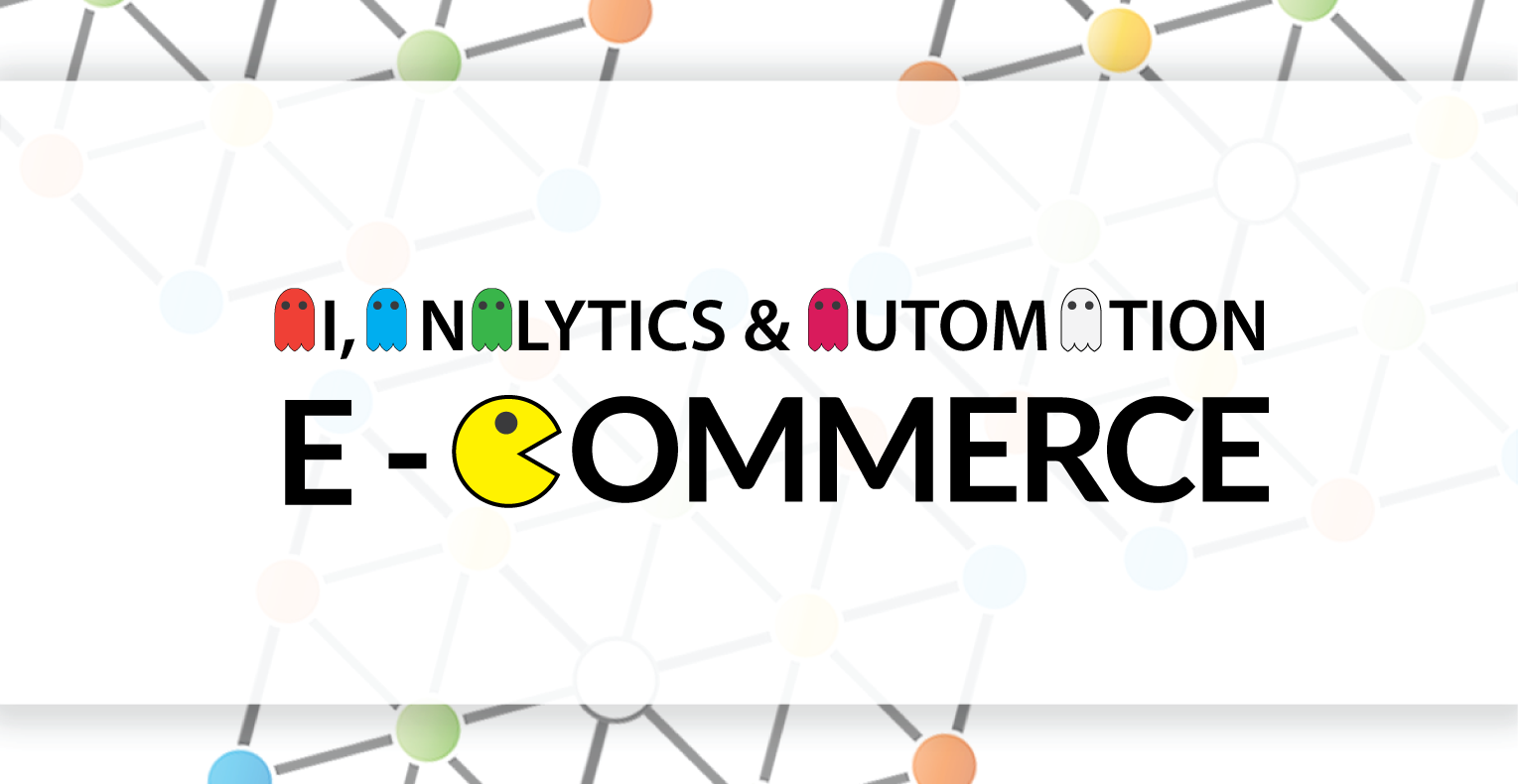A chilling sentiment that haunts most C-suites in the digital age is if they don’t innovate, they will fizzle out of existence. In spite of this, most businesses today choose to remain static, even if they know that they need to thrive in an environment that is changing faster than the African savannah. Bombarded with an unprecedented amount of data in a wide variety of forms and Internet of things that executes everything at lightning speed, there’s a crying need to adapt for survival. In this rapidly shifting landscape of digital disruption, organizations need to harness technology to build a competitive business advantage, increase revenue and ensure security and thereby become ‘the intelligent enterprise’.
From Predictive To Adaptive – Need them all to survive!
With the digital disruption, the consumers have also evolved. They now have access to everything, at any time they want and however, they want. In addition, the multitude of choices has also affected their decision making power towards any brand. To be able to capture the attention of the consumer, companies need to move beyond knowing what their customers prefer. They need to understand the core of their choices and whys’ behind them. And, to be able to successfully do so, there is a need to gather the data that they leave behind and bank on it to predict descriptive attributes that would shed light on each customer’s unique preferences. This would help predict what your consumers want and when they want. And, if you fail to keep up, the impact might be substantial.
But what happens if the adaptive model does not evolve as fast as customer demand happens? Remember that consumers are not receiving communication through hand delivered mails anymore, and often not even a direct message. How do businesses cope up with this? The need to address real time and according to the changing customer sentiment requires predictive models that will adapt accordingly. This would give businesses the much required competitive edge. The adaptive analytics model would help businesses to stay fit and agile, with one eye on the future demands of their customer.
Ammunition for budding startups
Traditional business intelligence solutions are error-prone, time consuming and costly. Today’s technology enables examination of vast amount of data to identify hidden patterns, correlations and other insights almost as soon as the data is generated. The startup world is in a state of frenzy and they are heavily reliant on data to define their success metrics at every juncture. Retrospective data analysis helps explain entire funnels like from acquisition to activation to retention to driving referrals and invites and yield better results. For example, to understand the importance of data let’s look at growth loops of a product. This is the best example of how historical data can help define a user’s journey, measure and analyze, optimize and ultimately reach viral numbers.
With analytics moving beyond assigning data points to customers to taking into account sentiments to quantify human emotions and arrive at actionable insights, startups can use analytics and move towards delivering an error-free product. Isn’t that sweet?
Bigger companies need to capture the impact from analytics
Larger firms need analytics to stay competitive especially when the new agile competitors are nibbling away on their revenues and profitability. The unfortunate side of digital disruption is that the big names of any industry see only the overwhelming amount of data, where they should be seeing a more comprehensive resource that if used can elevate their business strategy. Disruption will happen, and each wave would be bigger than the last, and the only way to stay as winners is to leverage the data available to augment the competitive position relative to others in the field.
The birth of “Algorithmic Businesses”
Mastering the cognitive abilities of analytics is a must for any enterprise. It’s the need of the hour to be able to turn data into smart actions that improve business revenues.
This shift of digital enterprises from analytics to big data to artificial intelligence led Gartner to coin a new term – Algorithmic Businesses. This shift of focus was because algorithms became an essential aspect of any business, for these could define the action. This eventually led them to shift focus from big data to ‘big insights’ derived with the analysis of data.
Ten years ago, limited computing power restricted analytical research to big companies. Today, the current infrastructure and ecosystem of a startup can support the processing power needed for data to thrive. These early adopters are already seeing the powers of this disruptive technology and with access and capability to harvest real-time and historical data; the barriers are down for the creation of a digital ecosystem. This gave birth to a new lane of disruptive technology in which the small startups can lead and drive innovation. Consider AIDA that helps with recommendations for online businesses. It is designed to leverage on customer interactions that allow brands to create unique experiences that engage consistently across channels driving revenues for the brand xx%.
Advanced data analytics – a mean to an end
Irrespective of whether you are the small fish or the big fish, the importance is to remember that the smallest edge can make a difference. The good news is that intelligent players can still improve their performance and spurt back into the lead. However, both need to atomize a single process into smaller parts and implement advances wherever possible to ensure profound payoffs.
Connecting the dots
Embarking on an analytical journey is simply not enough. For the moment that your organization starts walking, it should be clear that only with adoption would great power from the data be restored. The algorithm is not a point solution; the need is to embed analytics in the operating models of real-world processes and day-to-day workflows. Only when the organization harness the capabilities effectively, will they be able to create significant value and differentiate themselves from others.




